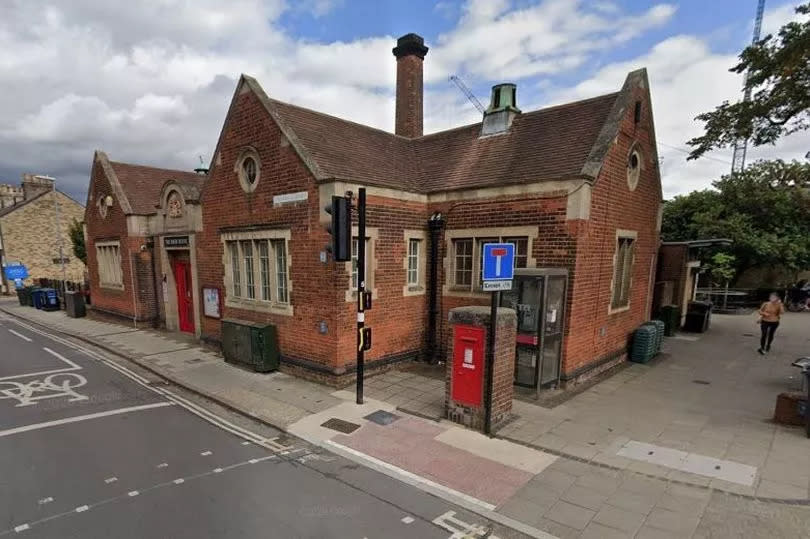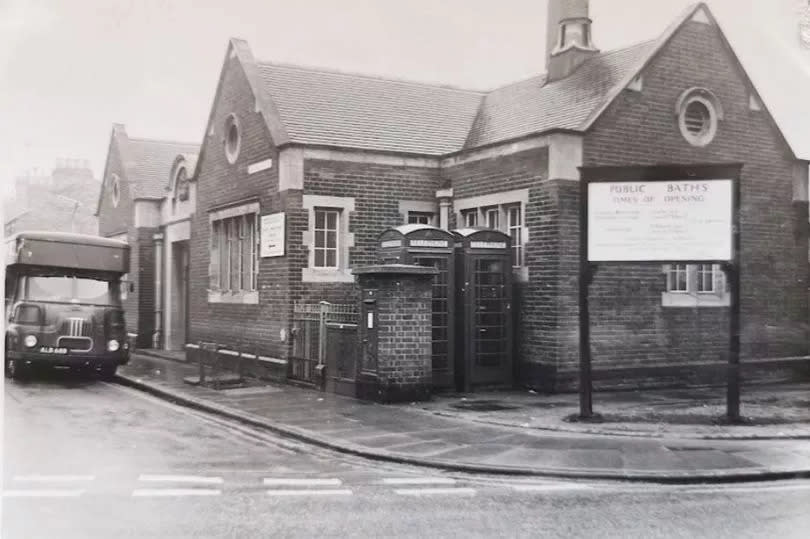The building where Cambridge locals once paid 4p to have a bath

If you're a fan of a long, luxurious bath after a difficult day, be grateful you live in the 21st century. Plumbed-in baths in homes are a relatively modern invention, with people in times gone by facing a greater challenge to keep themselves clean in comfort.
A building on the corner of Mill Road and Gwydir Street once served as a bath house for people to have a wash. However, the plan wasn't universally popular before the baths were built, with one person writing to the Cambridge Daily News in 1913: "Who in their right mind would dream of building public baths in so outlying and unattractive a suburb as Gwydir Street?"
Despite objections of this sort, the Bath House, as it was known, opened in February 1927 on the site of the former Gwydir House.
Read next: New bubble tea and pancake shop set to open near Cambridge market
Read next: The lost Cambridgeshire railway station that served passengers for more than a century
In a special ceremony, the mayor used a golden key to unlock the door to the baths. However, the first people to use the baths got a shock – the water was freezing cold because the boiler wasn't yet working.
The baths didn't have taps and so they were filled up by attendants. The attendants could also help get your bath to the perfect temperature by bringing hot or cold water to pour in through a fill-pipe.

Male attendants were paid £3 per week, while a 'senior woman' was paid £2 and 10 shillings, and a 'junior woman' was paid £2. They wore overalls as they went about their work.
There were 18 baths divided into a section for men and one for women, with children getting into the tub with their parents. The price of a bath when the Bath House first opened was four pence, with extra towels costing one penny each.
One man remembered using the baths: "You waited in the waiting room until you were called to pay your money and receive soap and towel before going to the cubicle where your filled bath waited. If you wanted more water you called out to the attendant."
It could be quite a sociable affair, with people chatting as they waited and even getting their tea leaves read by one of the attendants. Although the cubicles were enclosed, you could still hear the sound of splashing from other bathers.
In 1963, when costs had risen to a shilling per person, it was estimated that about 300 men and 100 women used the baths every week. Apparently the baths were busiest on Friday afternoons and Saturday evenings – perhaps people were treating themselves to a bath before going out on the town.
The baths were becoming more costly to run and part of the building was converted into a sauna in the late 1960s. However, this didn't solve the financial woes, especially when the time came for the boilers to be replaced at an estimated cost of £10,000.
In 1977, the City Council offered the building for rent for community spaces and it was developed into a neighbourhood centre. It served as a darkroom for a period of time and is currently home to Lifecraft, a user-led mental health charity.
Do you want more of the latest Cambridgeshire news as it comes in? Sign up to our dedicated newsletter to make sure you never miss a big story from Cambridge or anywhere else in the county. You can also sign up to our dedicated Peterborough, Traffic and Crime newsletters for the latest updates on the topics you are most interested in.

 Yahoo News
Yahoo News 
